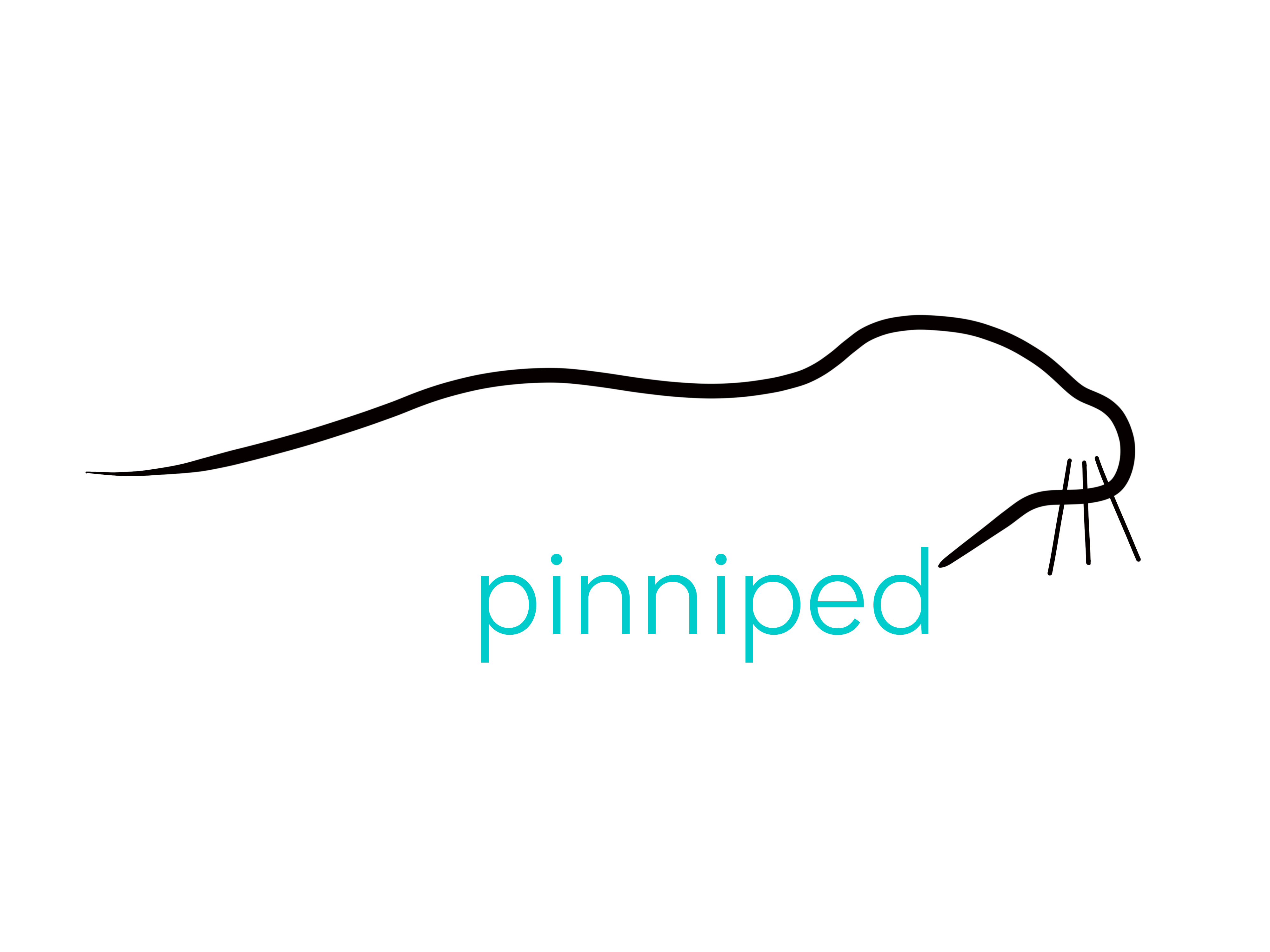Today, #sealsunday, it is the turn of the Weddell Seal (Leptonychotes weddellii). These attractive Antarctic pinnipeds are found throughout the Antarctic continent, often to be found diving deep under the thick ice. With thick blubber, and round bodies, they are plump and chunky, well equipped for staying underwater in freezing conditions, feeding on fish, crustaceans, and cephalopods beneath the surface. The seals have large, dark eyes, and compact heads with upturned muzzles. Usually they are bluish black to dark, silvery grey in colour, with lighter blotching or spotting all over, as can be seen in the brilliant descriptive photo, taken by Antje Kakuschke.
Weddell Seals were discovered back in the 1820s on an Antarctic expedition led by British sailor James Weddell. Back in the day, his team hunted these and other seals, but owing to their seeming abundance, they do not seem to have suffered the decimation through this that other species have. Genetic evidence shows that they have managed to sustain a fairly large and diverse population throughout the years, and they are still well populated now, being classified as Least Concern by the IUCN, and being protected by the Antarctic Treaty and the Convention for the Conservation of Antarctic Seals. The seals are fairly approachable and accessible compared with other species of Antarctic seal, and for this reason, more is known about these than any of the others.
Diving is an important component of the life of L. weddellii, and they can dive down to 600 metres depth, remaining underwater for up to 80 minutes at a time! Relying mostly on their exceptional eyesight, they forage along the ice edge, venturing down to the pelagic and benthic zones. In total darkness, they will utilise their sensitive vibrissae to detect movement of prey. The water is also a source of protection during the long and harsh Antarctic winter, and they will remain submerged to protect against the outside elements, just poking their heads out of small breathing holes in the ice to take in air.
Breeding behaviour is interesting in the Weddell Seal, and scientists are studying populations as far south as McMurdo Sound to understand their weird and wonderful mating strategies. The mating calls of the males are loud and other-worldly, and can be felt and heard from the water column through the thick surface of the ice. Just listen to this incredible snippet from Werner Herzog’s documentary “Encounters at the End of the world” as they call out underwater, advertising for a potential mate! Males aim to locate and breed with multiple females underwater, before the females haul out in loose colonies on ice or land during Antarctic summer, to give birth. The pups are born soft, grey and fluffy, and ill-equipped to enter the freezing water for the first 1-2 weeks of life. The mothers nurse them with thick, rich milk during this initial period, continuing for up to 2 months to feed them up and help them to gain the weight and insulation needed. Once established, the mother will return to the sea for short periods to replenish her own supplies, and the pup will remain on land, growing and developing. Hunting begins once weaned and the youngsters become independent.
To find out more about the beautiful Weddell Seal, and all the other Antarctic species, you can explore our Pinnipedia, or go straight to www.pinniped.org/front-page/pinnipedia/Weddell-Seal. On a wintery weekend like this, what better than reading about a place even colder than here! #SealSunday
Previous articleSeals of the world, part 6: The Crabeater SealNext article Seals of the world, part 8: The Leopard Seal
1 comment(s)
Leave a Reply
You must be logged in to post a comment.


I抣l immediately grab your rss feed as I can not to find your email subscription link or e-newsletter service. Do you’ve any? Please permit me understand so that I may just subscribe. Thanks.